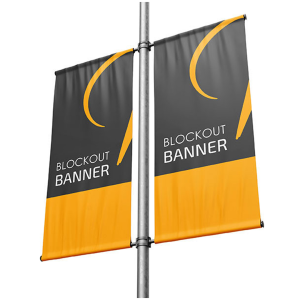Reviewing 4 Types of Photo Paper & How to Choose the Right One

Photography is not just about capturing moments but also about preserving them in the best possible way. The choice of photo paper plays a crucial role in this process, as it determines the final appearance and longevity of the printed images. With many options available, photographers need to understand the characteristics of different types of photo paper to make informed decisions. This article will discuss the four most common types and explore when and why photographers might opt for each.
1. Glossy Photo Paper
Glossy photo paper is renowned for its vibrant colors, high contrast, and sharpness. Photographers often choose glossy paper to showcase vivid details and create images with a striking visual impact. It’s particularly suitable for printing landscapes, portraits, and deep-color pictures. For instance, a landscape photographer capturing the vibrant hues of a sunset might prefer glossy paper to intensify the colors and bring out the scene’s dynamic range. Similarly, glossy paper enhances the richness of black-and-white portraits, adding depth and dimension to the subject’s features. Another example where glossy paper shines is in product photography, where the reflective surface can enhance the allure of glossy materials like glass or metal, making the products appear more enticing and desirable.
2. Matte Photo Paper
Matte photo paper offers a non-reflective surface with a smooth finish, resulting in subdued colors and reduced contrast compared to glossy paper. Photographers opt for matte paper for a more subtle and sophisticated look, ideal for fine art prints or black-and-white photography. For example, a photographer specializing in architectural photography might choose matte paper to accentuate the intricate details of buildings without distracting reflections. Matte paper also works well for images intended for display in well-lit environments, such as galleries, where glare from glossy surfaces could be a concern. Additionally, matte paper is often preferred for printing text-heavy documents or graphic designs, providing excellent readability without glare.
3. Satin Photo Paper
Satin photo paper balances glossy and matte finishes, offering a soft sheen that enhances colors while reducing glare. Photographers often select satin paper for various applications, including portraits, wedding photography, and commercial prints. The subtle sheen adds depth to images without overwhelming them with excessive glossiness, making them suitable for various lighting conditions. For instance, a wedding photographer might choose satin paper for albums and prints, ensuring that the images retain their vibrancy while minimizing reflections that could detract from the viewing experience. Similarly, in fashion photography, satin paper can accentuate the texture and richness of fabrics, adding a touch of luxury to the images.
4. Pearl Photo Paper
Pearl photo paper, or luster or semi-gloss paper, features a textured surface that imparts a pearlescent sheen to printed images. This type of paper offers the best of both worlds, combining the richness of glossy paper with the subtle elegance of matte paper. Photographers opt for pearl paper to add a touch of luxury to their prints, making them popular for wedding albums, portraits, and artistic prints. For example, a portrait photographer aiming to capture the delicate nuances of skin tones might prefer pearl paper for its ability to render smooth transitions and subtle highlights, creating a visually appealing and tactile print. In landscape photography, pearl paper can enhance the luminosity of natural elements such as waterfalls or foliage, adding depth and dimension to scenic vistas.
Conclusion
Choosing the correct type of photo paper is essential for achieving the desired aesthetic and preserving the integrity of images over time. Whether it’s the vibrant colors of glossy paper, the understated elegance of matte paper, the versatility of satin paper, or the luxurious finish of pearl paper, each type offers unique characteristics suited to different photographic styles and preferences.
By understanding each type’s qualities and considering their projects’ specific requirements, photographers can make informed decisions that elevate the quality and impact of their printed works. Ultimately, choosing photo paper is a creative decision that can enhance photography’s storytelling and visual effects, ensuring every print is a masterpiece worthy of admiration. While using the right photo paper is often an overlooked decision, it has a lasting impact. Therefore, you may want to try printing a favorite photo on all four types to see which one you love best.





